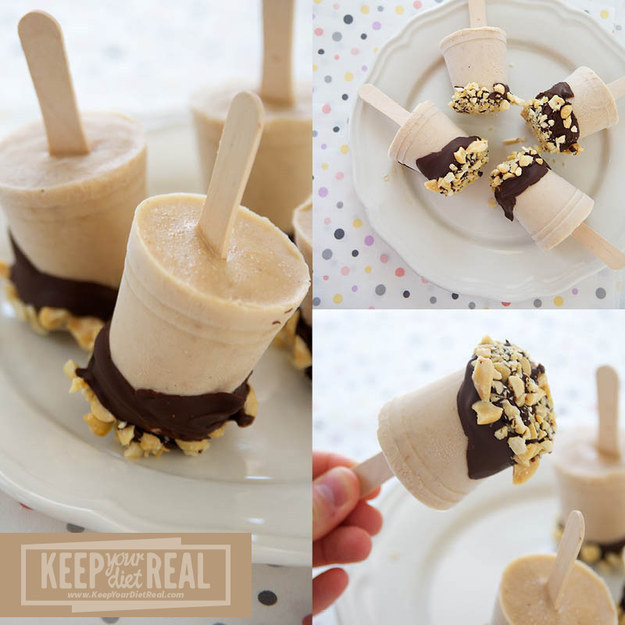31 Healthy Ways People With Diabetes Can Enjoy Carbs
No more FOMO for you or your favorite person with diabetes — you can eat carbs. Just be smart about it.
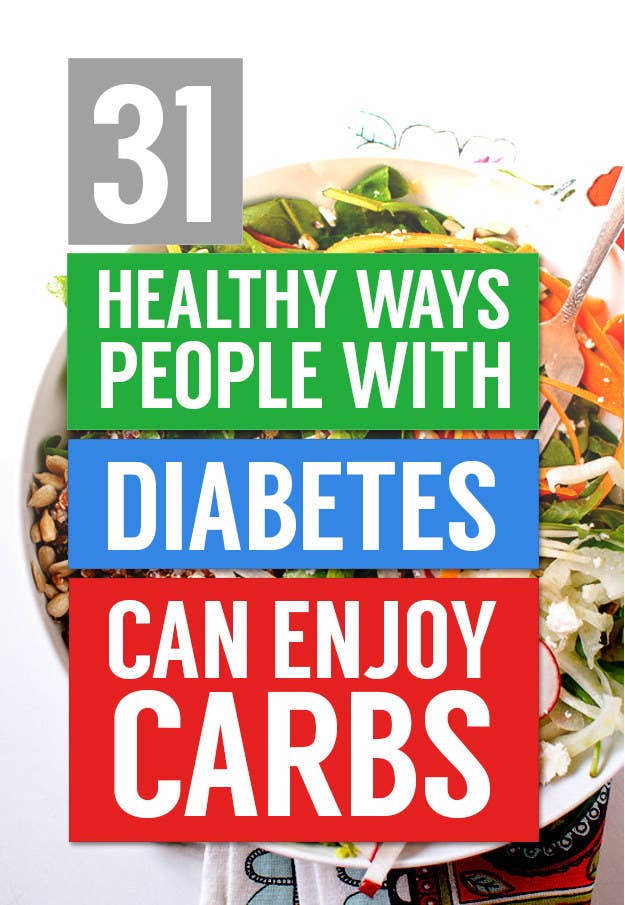
Whether you've just been diagnosed with diabetes or you've been managing it like a pro for years, chances are you always need new recipes to add to your repertoire. Or maybe you have a family member/friend/date who has diabetes, and want to cook dinner for them. Fear not. You don't have to cook special, "diabetic" meals. Or, despite popular myths, obsessively avoid carbs.
Many people think that if you have diabeetus (as Wilford Brimley would say) that means you can't eat carbohydrates. But, in fact, people with diabetes should get about 50% of their daily caloric intake from carbs — like anyone else looking to follow a healthy diet.
You just need to consider three things before chowing down: the type of carb, adding a protein, and portion sizes. These factors all impact blood sugar and can help keep sugars within normal range (aka glycemic control), which is the ultimate goal in diabetes management.
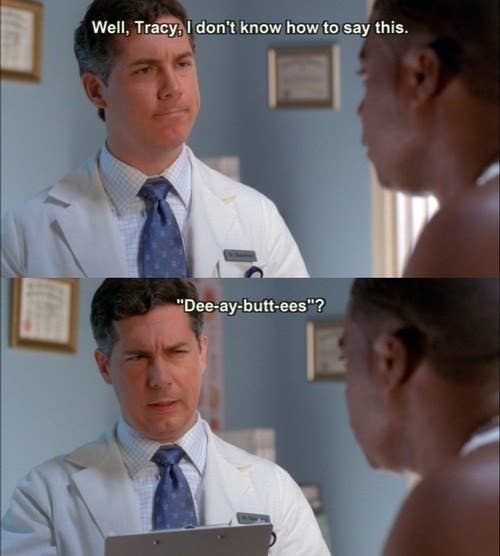
Here's what's going on: When you eat carbs, your body breaks them down into sugar (aka glucose) which is used for energy. Glucose is the ideal energy source for most bodily functions, including — most important — brain power. And insulin is a hormone that takes care of keeping your blood glucose in a safe range by transporting glucose from the blood into your body's cells.
When a person has diabetes, their insulin is either not working effectively, is being produced inefficiently, or in some cases not being produced at all (depending on the type of diabetes). As a result, they have elevated levels of glucose in the blood. That's likely where the whole no-carbs-or-sugar misconception came from. "Just don't eat carbs or sugar and you'll be fine," right?
Nope. It's not a carb thing, it's an insulin thing. Your body does need some carbs to function. And, fortunately, a person with diabetes can manipulate their diet for better glycemic control by incorporating some of the recommendations below into their lifestyle.
How To Enjoy Carbs When You Have Diabetes:
1. Understand that not all carbs are created equal.
Sweet potatoes have carbs. So do chips. But there's a small difference between them that's actually kind of a BIG difference. Simple carbs found in most processed or refined foods, like white bread, rice, and chips, are digested quickly, thus causing a rapid rise in blood sugar. It's almost like an injection of sugar; you don't have to be a scientist to see that this isn't the best choice for someone with diabetes.
But complex carbs found in natural foods like fruits, vegetables, beans, and whole grains contain fiber which slows digestion — preventing that sugar spike — and also keeps you fuller longer. Check foods labels and reach for product with 3 grams of fiber or more per serving to keep that sugar in control.
2. Add a protein.
Protein + Carb = <3. Include a protein with meals and snacks. Like fiber, protein can prevent spikes in blood sugar by slowing digestion and serves to keep you fuller, longer too! Choose lean cuts of meat and seafood for animal protein. For meat-free options, you get protein from legumes, nuts, seeds, eggs, low-fat dairy, and soy products.
3. Practice portion control.
Pay attention to portion sizes. Check the nutrition facts panel for the serving size, maybe even invest in some measuring cups, and teach yourself to recognize portion sizes. Like, when you make a fist (pump) it's about 1 cup. The point is portion size DOES matter.
You can also follow guidelines for creating your plate, an effective way to enjoy carbs while managing your diabetes:
Fill ½ your plate with vegetables (think dark greens), ¼ protein, and ¼ starch.
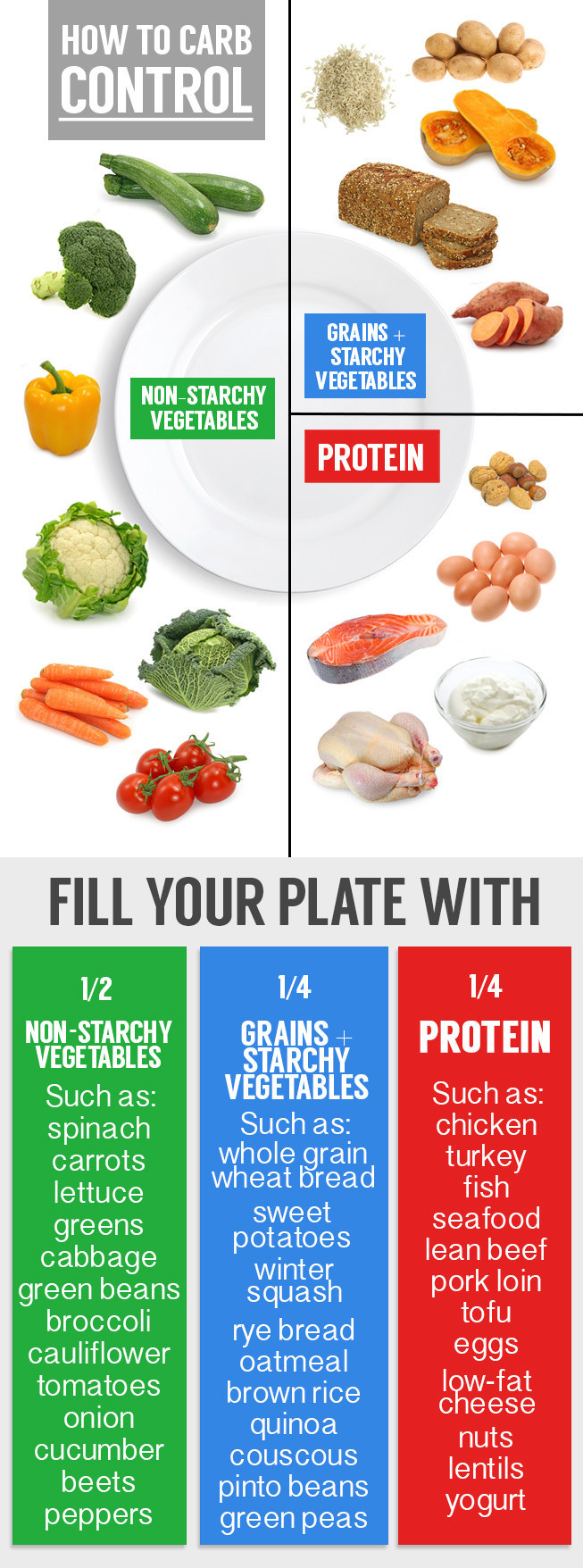
Instead of thinking "no carbs" to control your sugar levels, think about the source of the carbohydrate and choose meals and snacks that combine fiber and protein. Here are some examples:

1. Skillet-Baked Eggs with Spinach, Yogurt, and Chili Oil
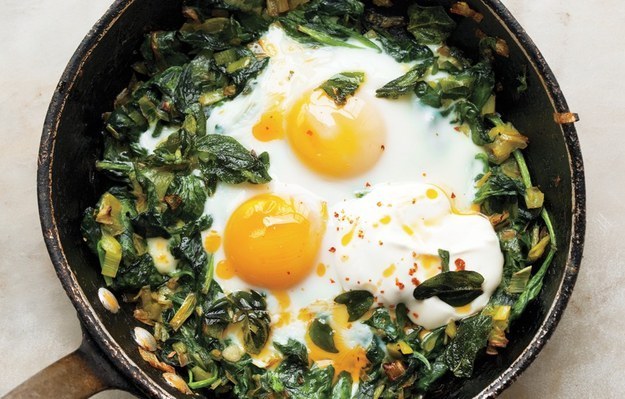
2. Oatmeal Cottage Cheese Banana Pancakes
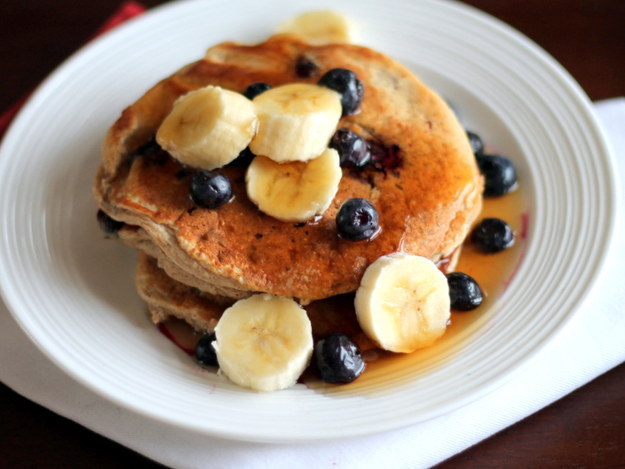
3. Broiled Grapefruit with Yogurt and Granola
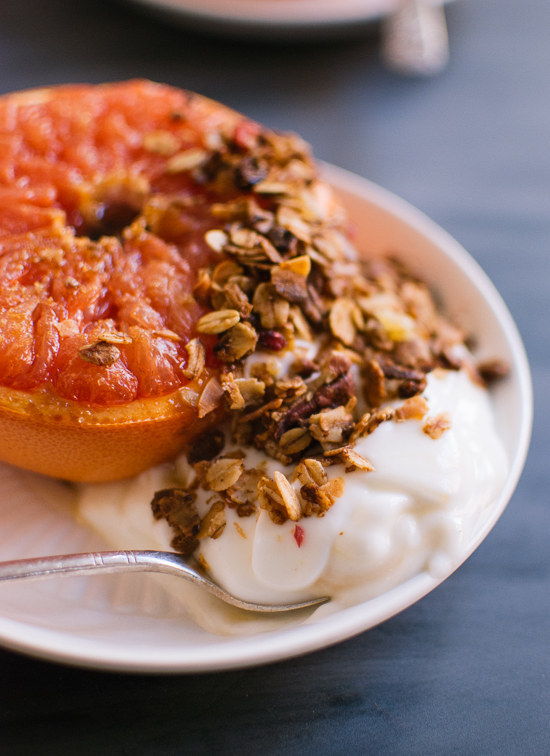
4. Carrot Cake Overnight Protein Oatmeal
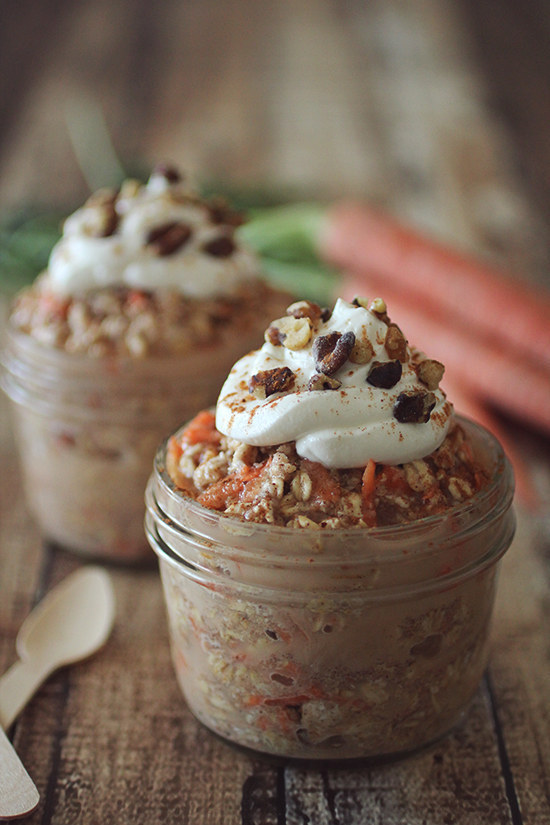

5. Spring Carrot, Radish, and Quinoa Salad with Herbed Avocado

6. Sheet Pan Roast Chicken Dinner
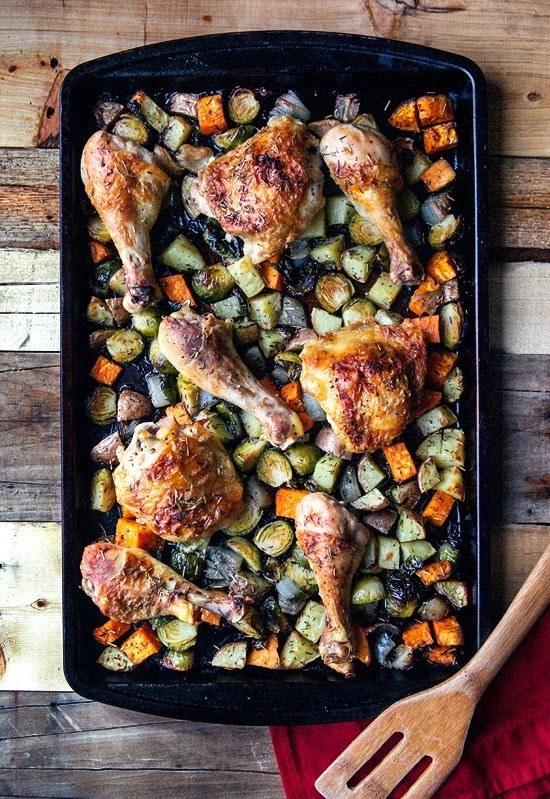
7. No-Noodle Zucchini Lasagna
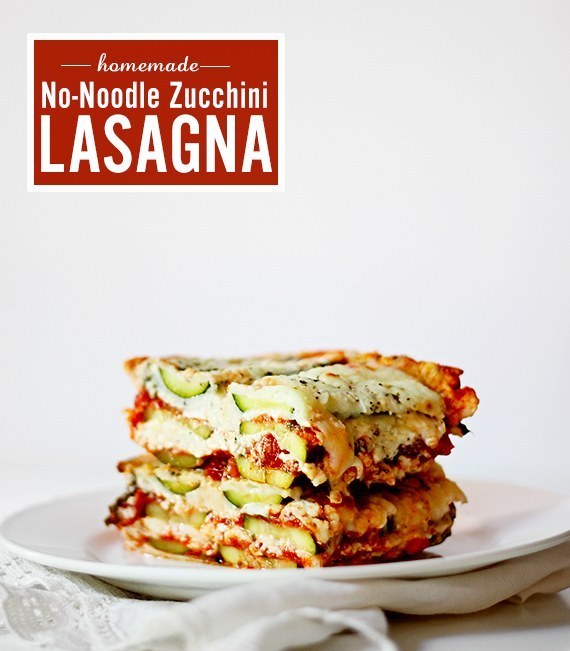
8. Summer Vegetables with Chicken Sausage and Potatoes

9. Stuffed Eggplant with Lentils and Millet

10. Roasted Shrimp with Spaghetti Squash
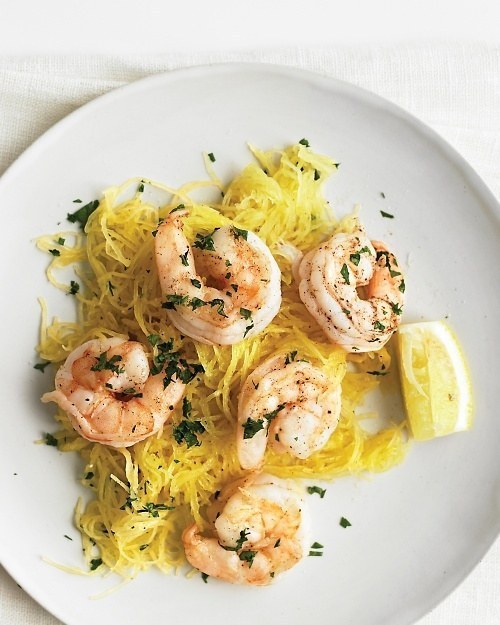
11. Slow Cooker White Turkey Chili
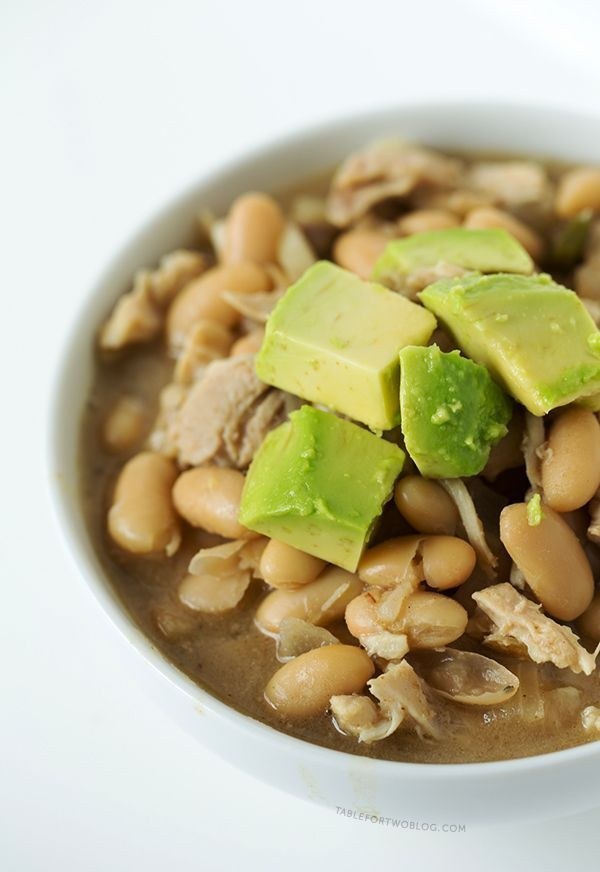
12. Baked Salmon with Creamy Lemon Dill Zucchini "Pasta"
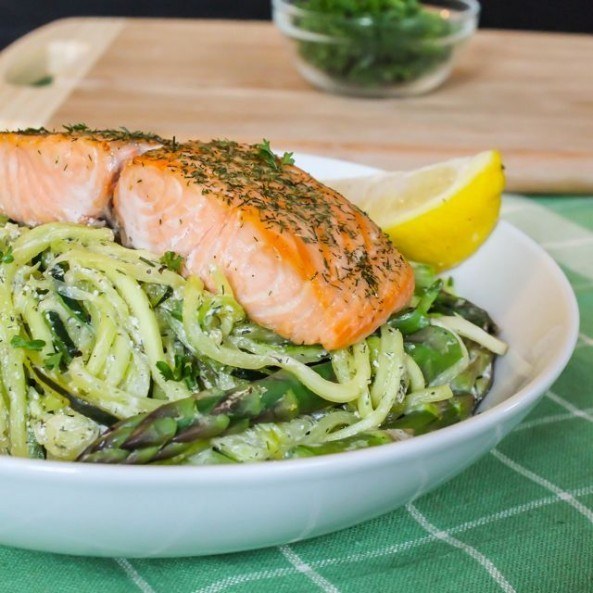
13. Chili con Tofu

14. Fish Tacos with Mango Avocado Salsa
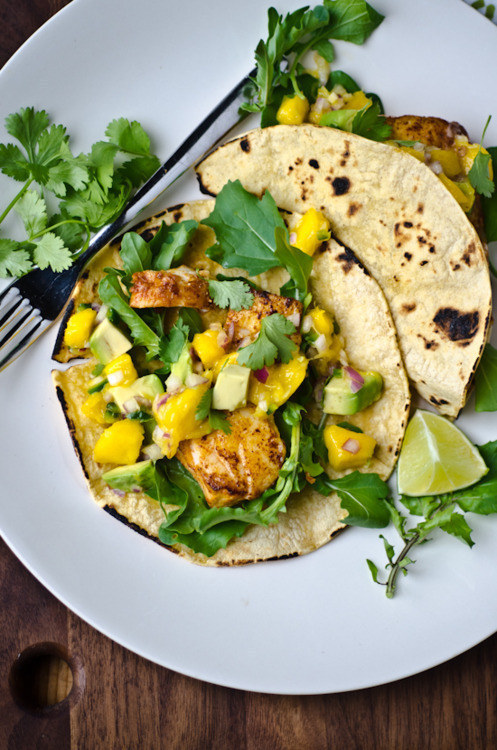
15. Cauliflower Fried "Rice"
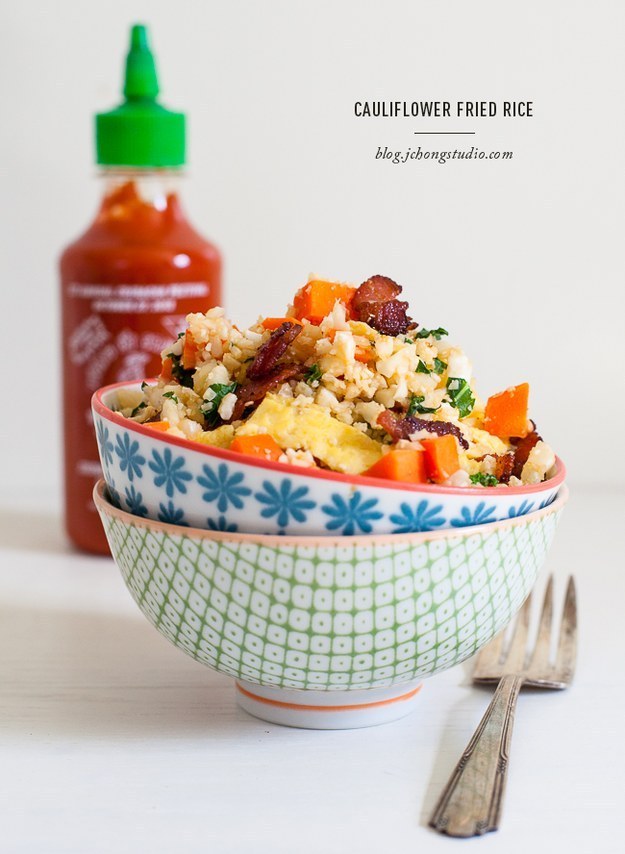
16. Slow Cooker Chicken and Wild Rice Soup
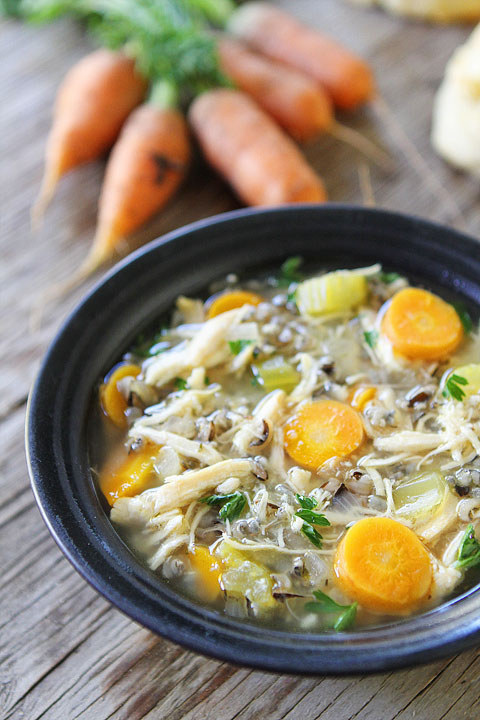
17. Chipotle Turkey Burger

18. Brown Rice Bowl with Ginger-Lime Chicken and Bok Choy
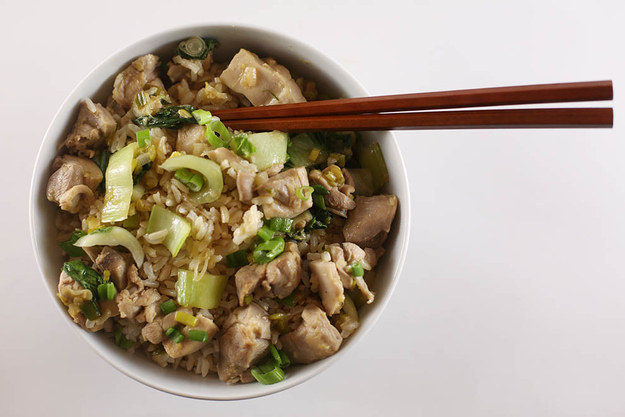
19. Pork with Squash and Apples
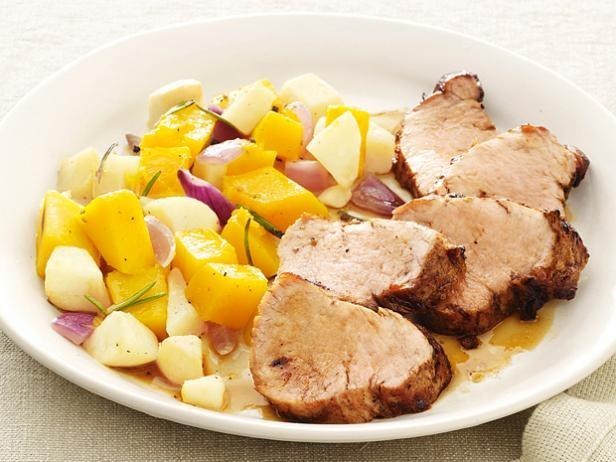
20. One-Pot Moroccan Chicken and Chickpeas with Pistachio Couscous and Goat Cheese


21. Whole-Wheat Crackers with Cheese Spread and Cucumbers
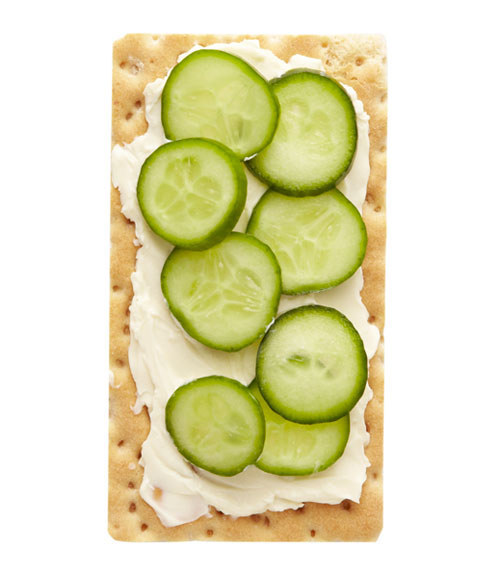
22. Roasted Beet Hummus
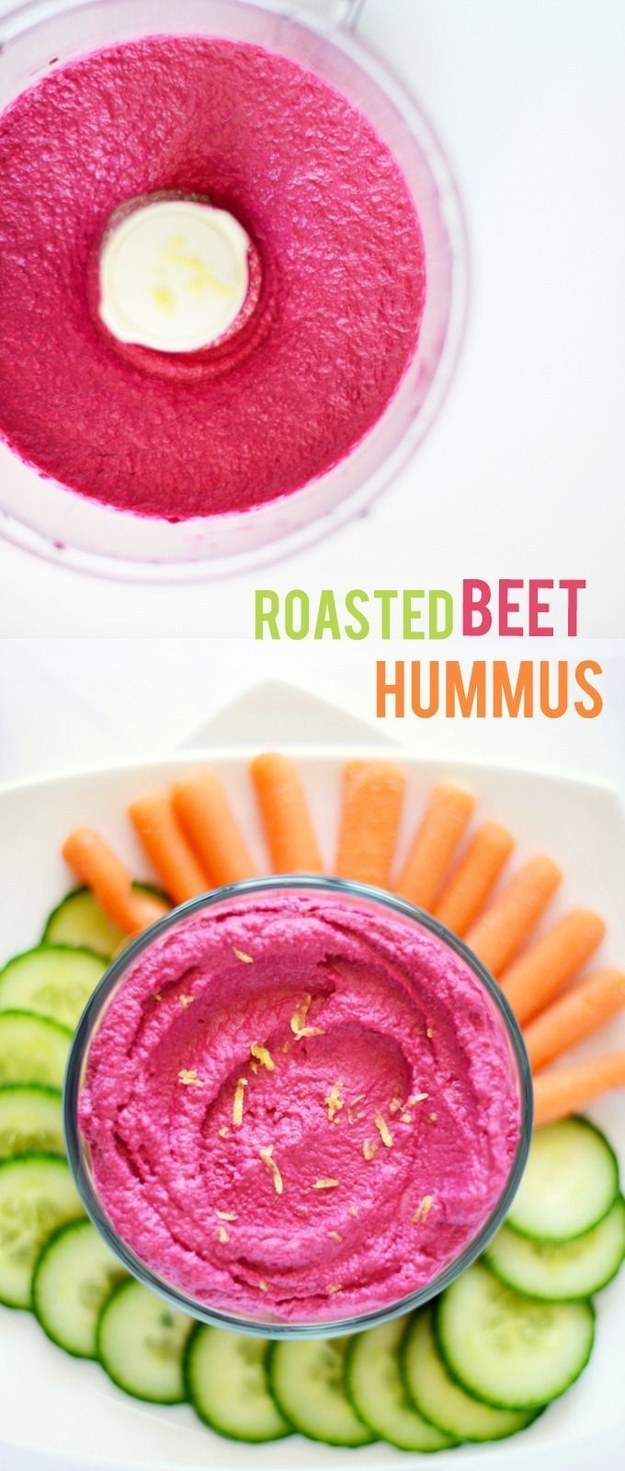
23. Pico Guacamole

24. Roasted Turkey Wrap
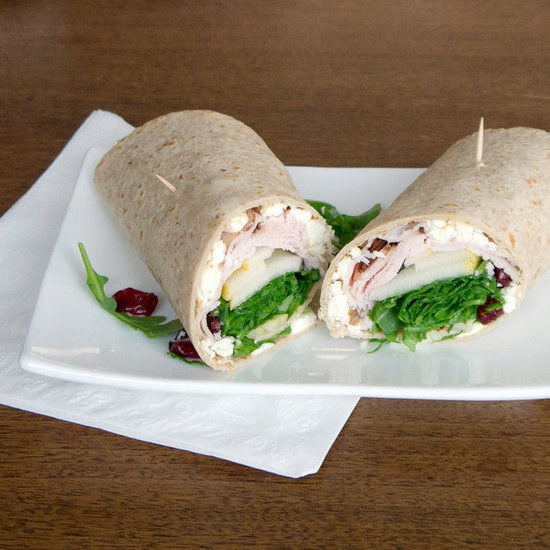
25. A Cheese Plate


26. Heavenly Cheesecake

27. Strawberry Cucumber Salad Cups
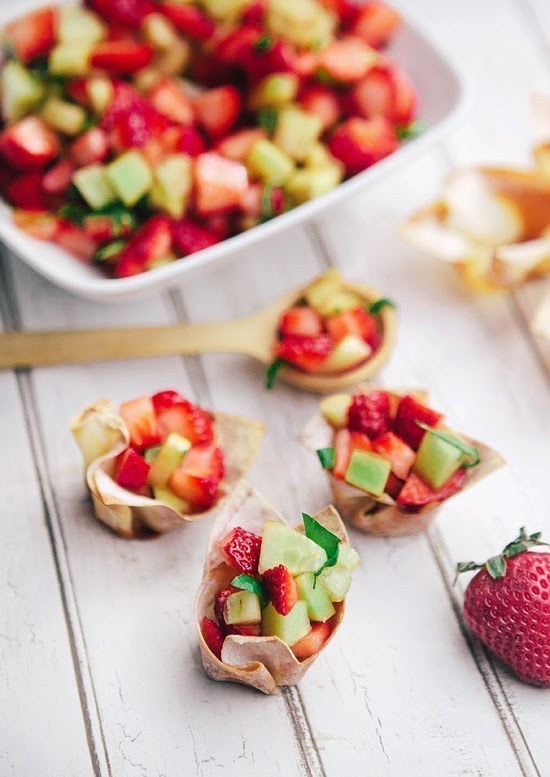
28. Peanut Butter Chocolate Chip Blondies
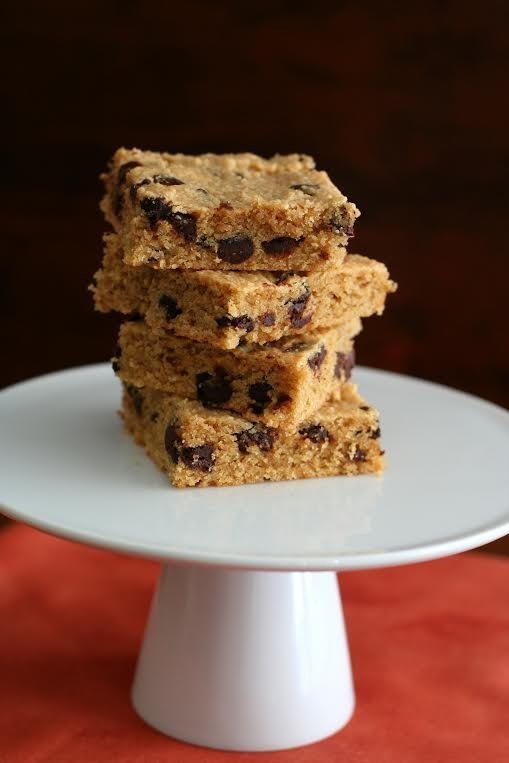
29. Easy Greek Yogurt Parfaits
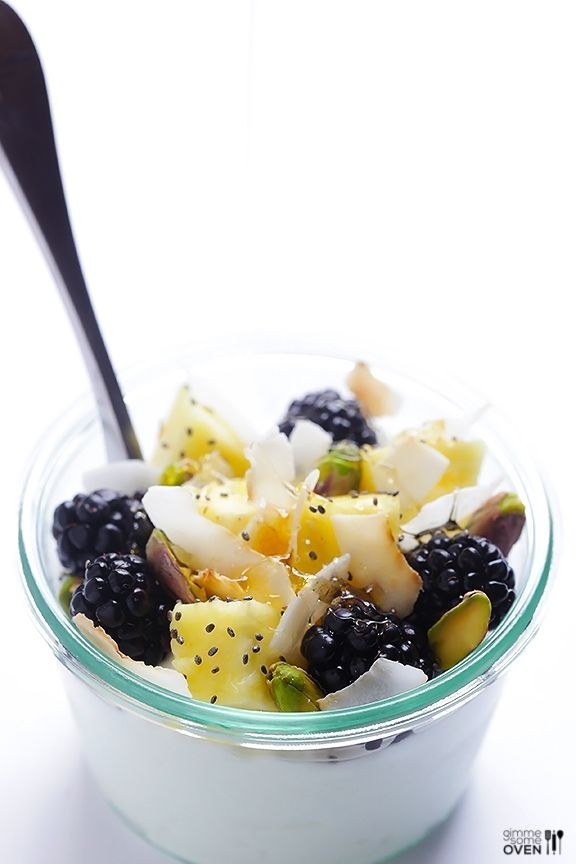
30. Brownie Batter Overnight Protein Oatmeal
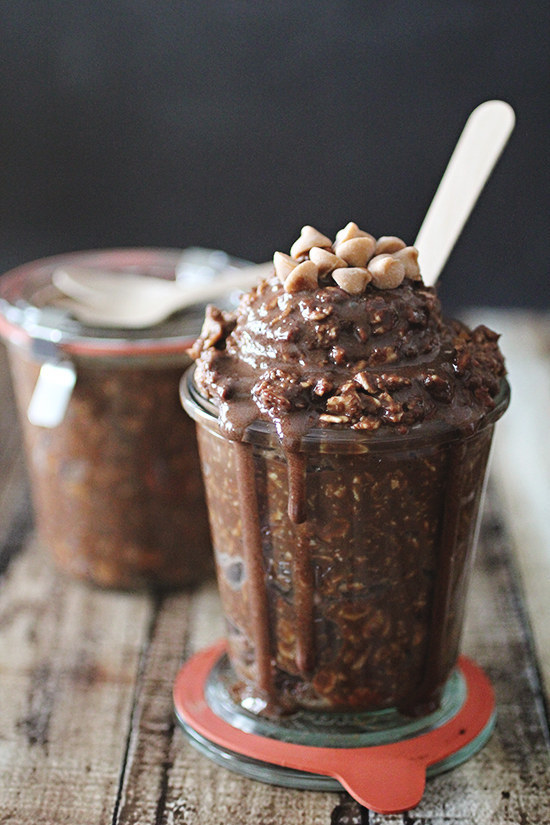
31. Frozen Chocolate Peanut Butter Banana Greek Yogurt Pops
